Child restraints 101
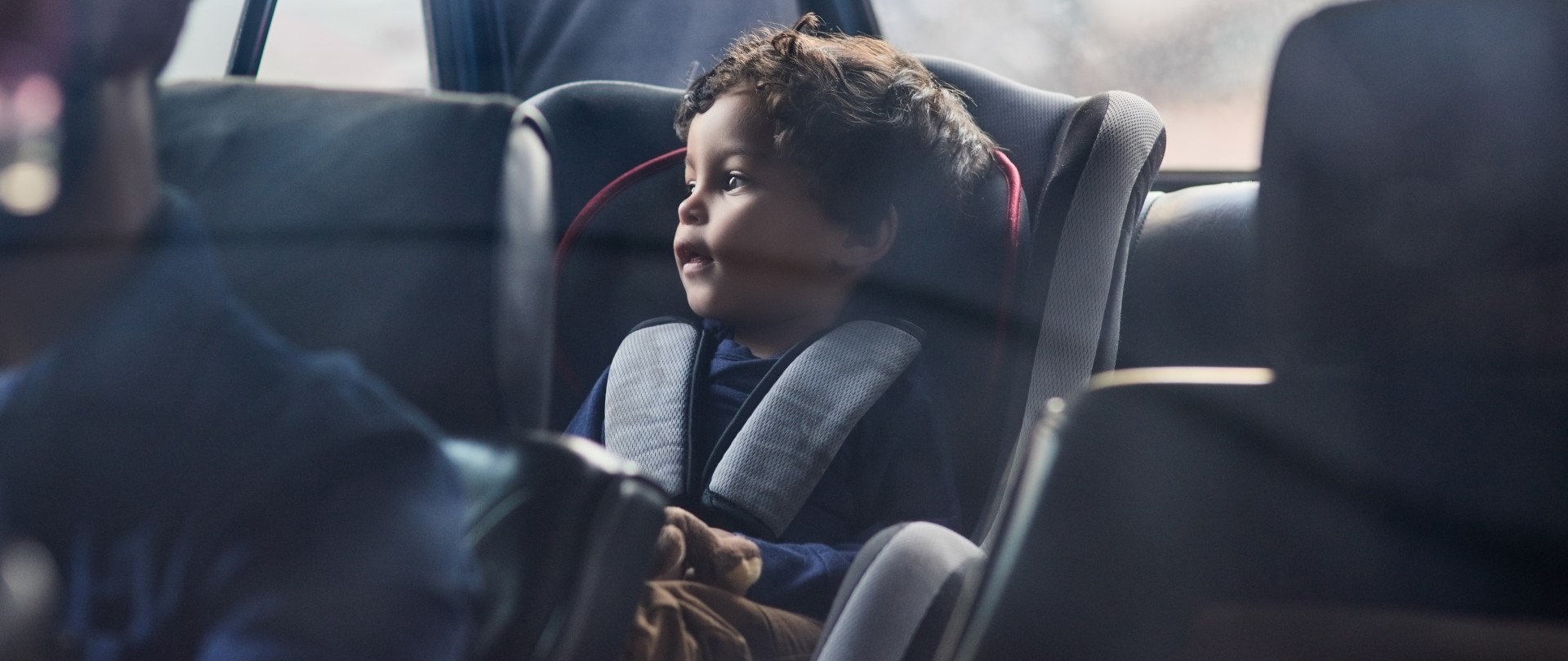
Preparing for the arrival of a baby means a stack of excitement, wonder, learning, nerves and change. You’ll also, no doubt, have a lot of questions.
Child restraints are often the cause of many questions for a parent – what type do I purchase? Will it fit in my car? Which way does it face? What are the rules? How do I install it?
These are just some of the questions the RAA Child Safety Centre deals with on a daily basis.
The Centre has long been assisting South Australia’s expectant parents to purchase the right restraint for their vehicle, and install and use it correctly, to ensure children’s utmost safety.
We spoke to RAA Child Safety expert Belinda Maloney about her top 3 considerations when buying and fitting a child restraint.
1. The age and size of your child
The first major considerations when choosing a child restraint should be the age and size of your little one.
The law is separated into 4 age brackets for children, and determines which types of seat are legal for what age. These are:
- Birth to 6 months: an approved rearward-facing restraint with an internal harness.
- 6 months to 4 years: either an approved rearward or forward-facing restraint with an internal harness. However, it’s recommended babies up to at least 12 months of age remain in rearward restraints due to increased risk of injury.
- 4 to 7 years: either an approved forward-facing restraint with internal harness or booster seat with properly fitted seatbelt or child safety harness. There are now a number of larger restraints with internal harnesses available, that may be used instead of a booster.
- 7 and up: an approved extended harnessed seat or booster seat with an adult seatbelt/harness or a properly fitted and adjusted adult seatbelt. RAA recommends keeping your youngster in a booster seat or extended harnessed seat until they fit the adult seatbelt correctly, which occurs when the child is around 145cm tall.
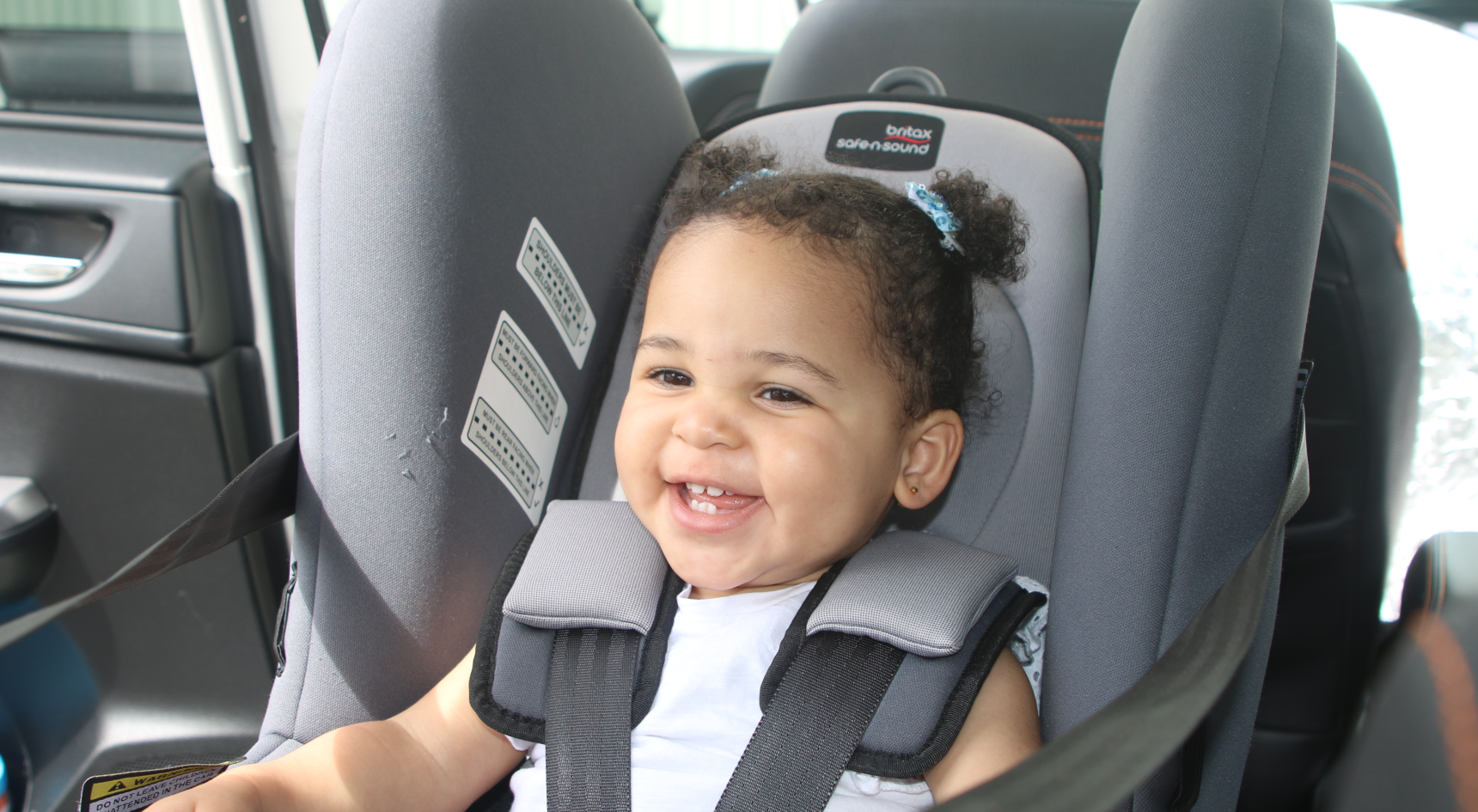
But it’s not just age that determines the right restraint for your child. It’s also important to consider their height. Shoulder height markers are set by the Australian/New Zealand Standard for child restraints (AS/NZS 1754: Child restraint systems for use in motor vehicles). The markers are featured on every Australian Standard-approved child restraint on the market. These determine which restraints and which mode of restraint are approved for use for children at all stages of development.
For example, if you have a 4 year old but they aren’t tall enough according to the markers on the 4-7 restraint, you’ll need to keep them in the younger restraint until they reach the required height.
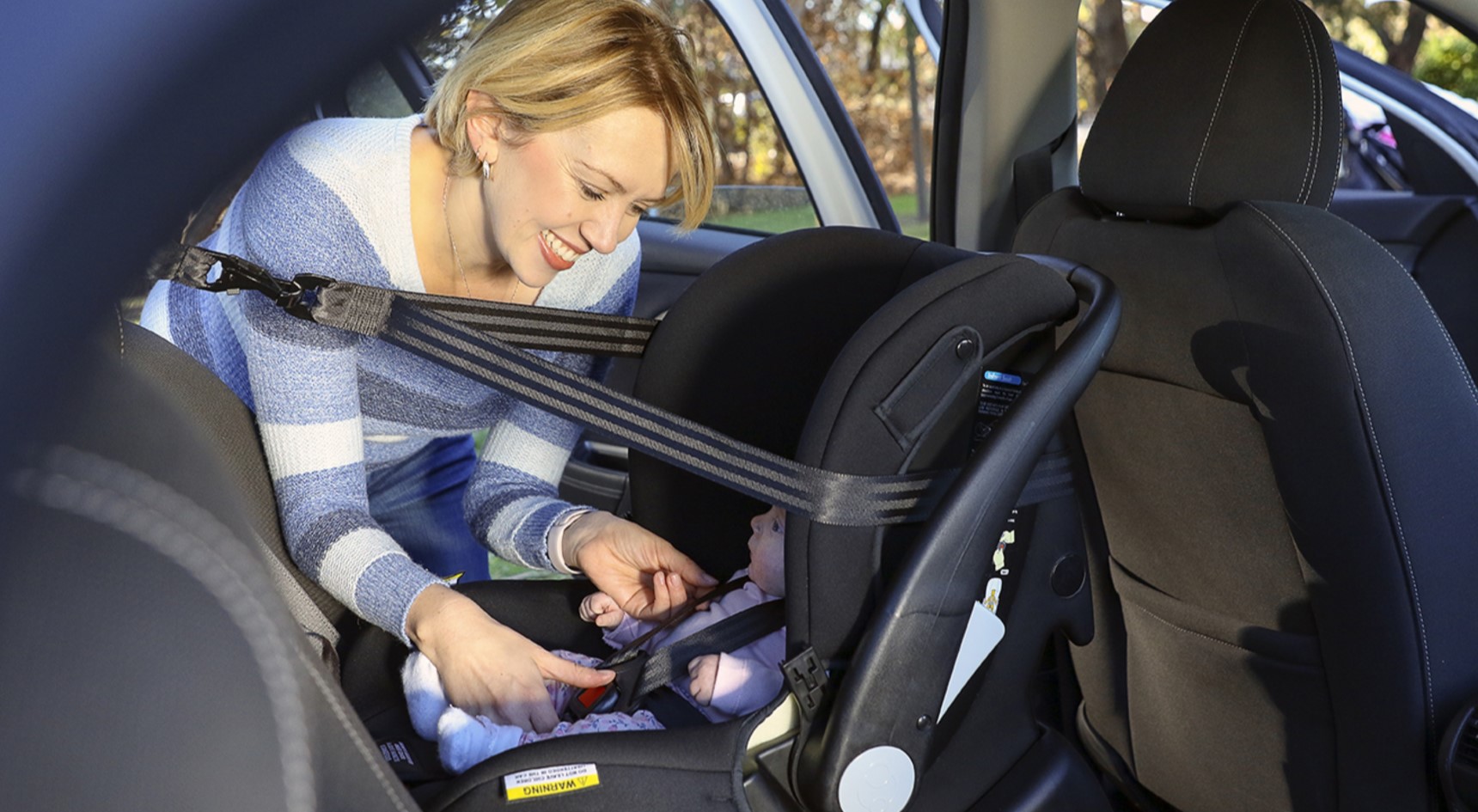
2. The car & anchorage points
Considering the size, seating arrangement and anchorage points of your vehicle is a must when researching and deciding upon your all-important child restraint.
As with cars, all child restraints are made very differently. While they must adhere to the Australian Standard, there are of course different sizes, shapes and models that will suit some vehicles better than others.
The overwhelming number of restraints available can be enough to lead any expectant parent running straight back out the door. To help you narrow down your selection, the RAA Child Safety Centre recommends and stocks a selected range of Australian Standard-approved child restraints for every age group.
Before you make your purchase, ensure that you try the restraint in your car, particularly if it has a moveable head section that extends up as the child grows. It’s also important you take note of your car’s anchorage points.
While modern passenger vehicles have anchorage points already affixed to the vehicle as part of the design, some older vehicles and commercial vehicles do not.
Commercial vehicles can be tricky; it’s recently been announced that light commercial vehicles, such as dual cab utes, will soon be required to have the same anchorage points as passenger vehicles, according to the Australian Design Rule (ADR 34/03) for Child Anchorages and Child Restraints.
From November 2022, manufacturers will be required to fit metal anchorage points if incorporating child restraint capabilities in new light commercial vehicle models.
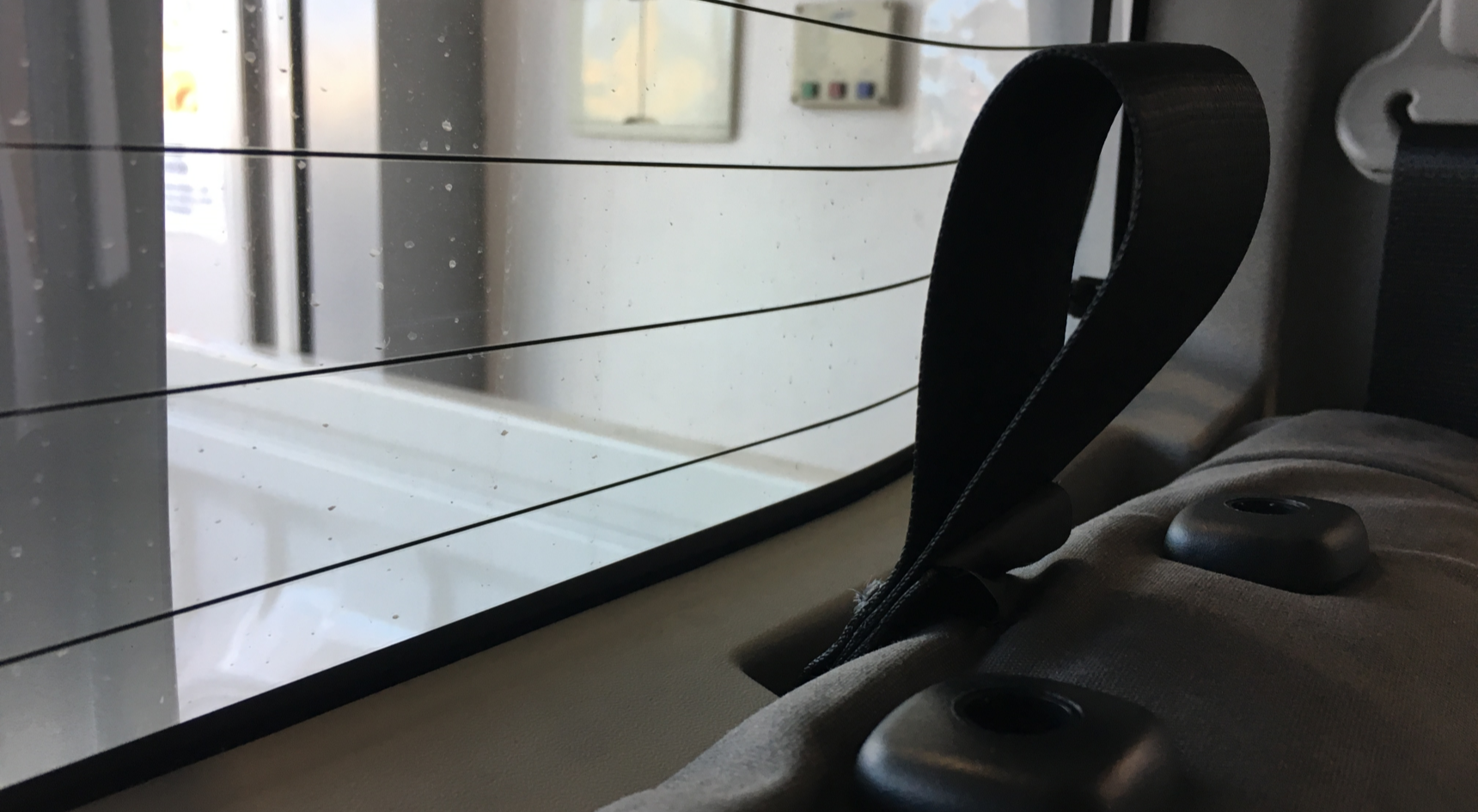
At the moment, many utes currently include webbing loops rather than metal anchorage points, which RAA has concerns about.
“The current webbing anchor design prohibits the correct installation of child restraints in line with the manufacturer’s specifications and we have concerns around how they will perform in the event of a crash,” Ms Maloney says.
If you’re not sure about your vehicle’s anchorage points, or you’d prefer an expert guide you through the process of choosing the right restraint for your car, contact the RAA Child Safety Centre.
Not only can they inspect your vehicle and its existing anchorage points, but they’ll also recommend which child restraint best fits your needs. They can advise if you should go back to your manufacturer or an aftermarket provider to have additional anchorage points affixed (if you don’t already have them).
You can even try out a few different seats before purchasing. The best bit? RAA members receive free fittings, child restraint safety checks and discounts on new restraints.
The Child Safety Centre is also offering a free, one-hour ‘Kids in Cars’ information session on selected Thursday nights. Bookings are limited, though, so get in quick. Call 8202 4592 or email childrestraints@raa.com.au
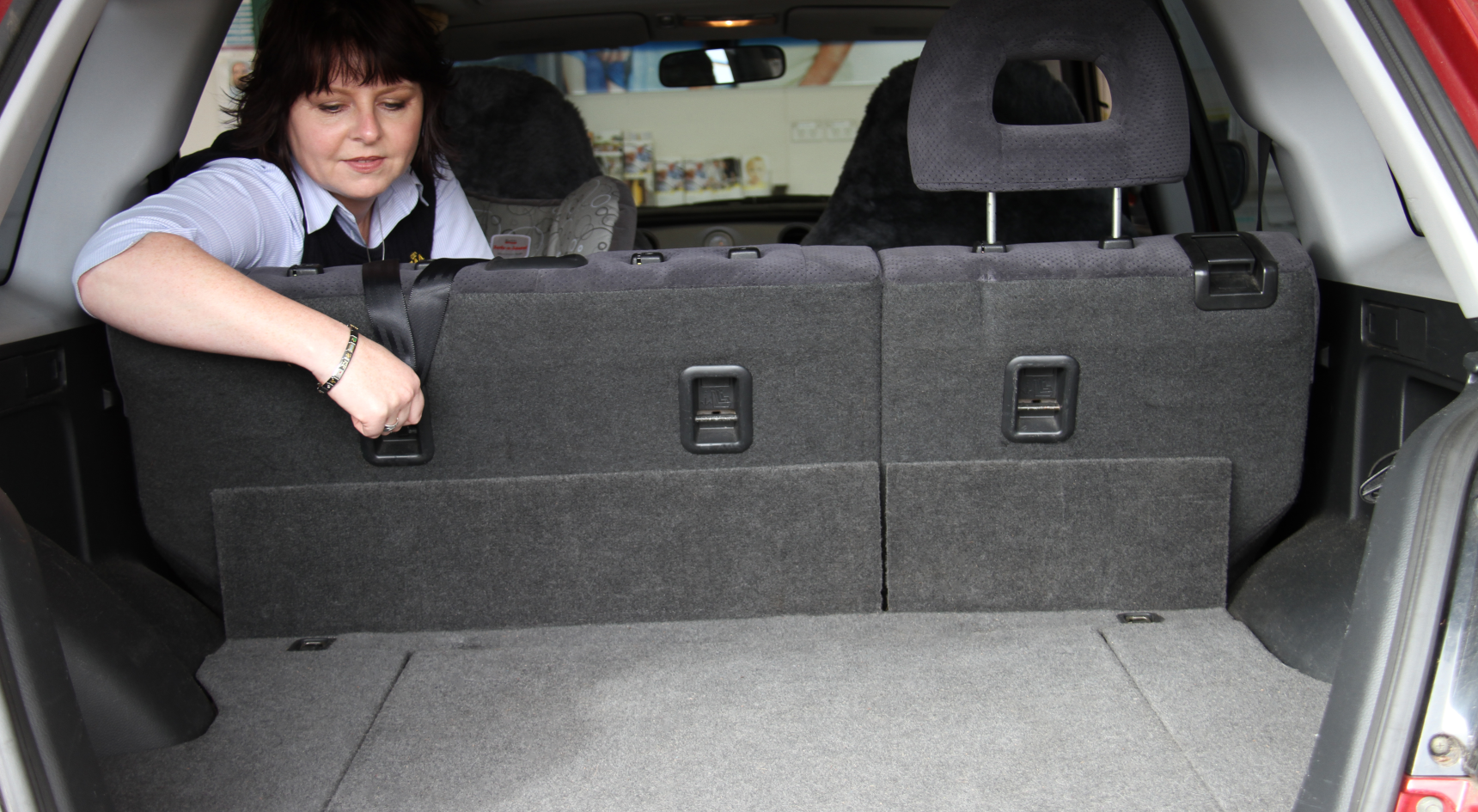
3. The fitting
You’ve likely heard stories of the trials and tribulations of installing a child restraint correctly. Not only can it be confusing, but it can also be worrying, particularly for new parents.
Our advice is to read the instructions carefully, as per your child restraint’s information booklet, and seek further advice from your car’s manual regarding your anchorage points.
If you do choose to do it yourself, check out our article with a step-by-step guide, and make a booking with the Child Safety Centre to check the fit of your restraint.
Alarmingly, the Centre finds approximately 80% of child restraints to be fitted incorrectly, on average. To ensure you’re not part of this statistic, book in an appointment, and we’ll make sure your precious cargo stays safe.
Our experts can complete the entire fitting process for you, and can also organise virtual appointments. We have some great videos that can be of assistance, too. The best part? Fitting appointments are free for RAA members (you only need to pay for the child restraint itself).
